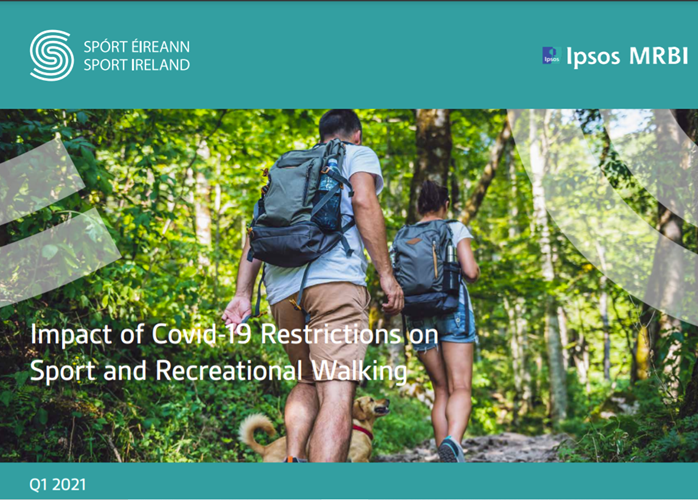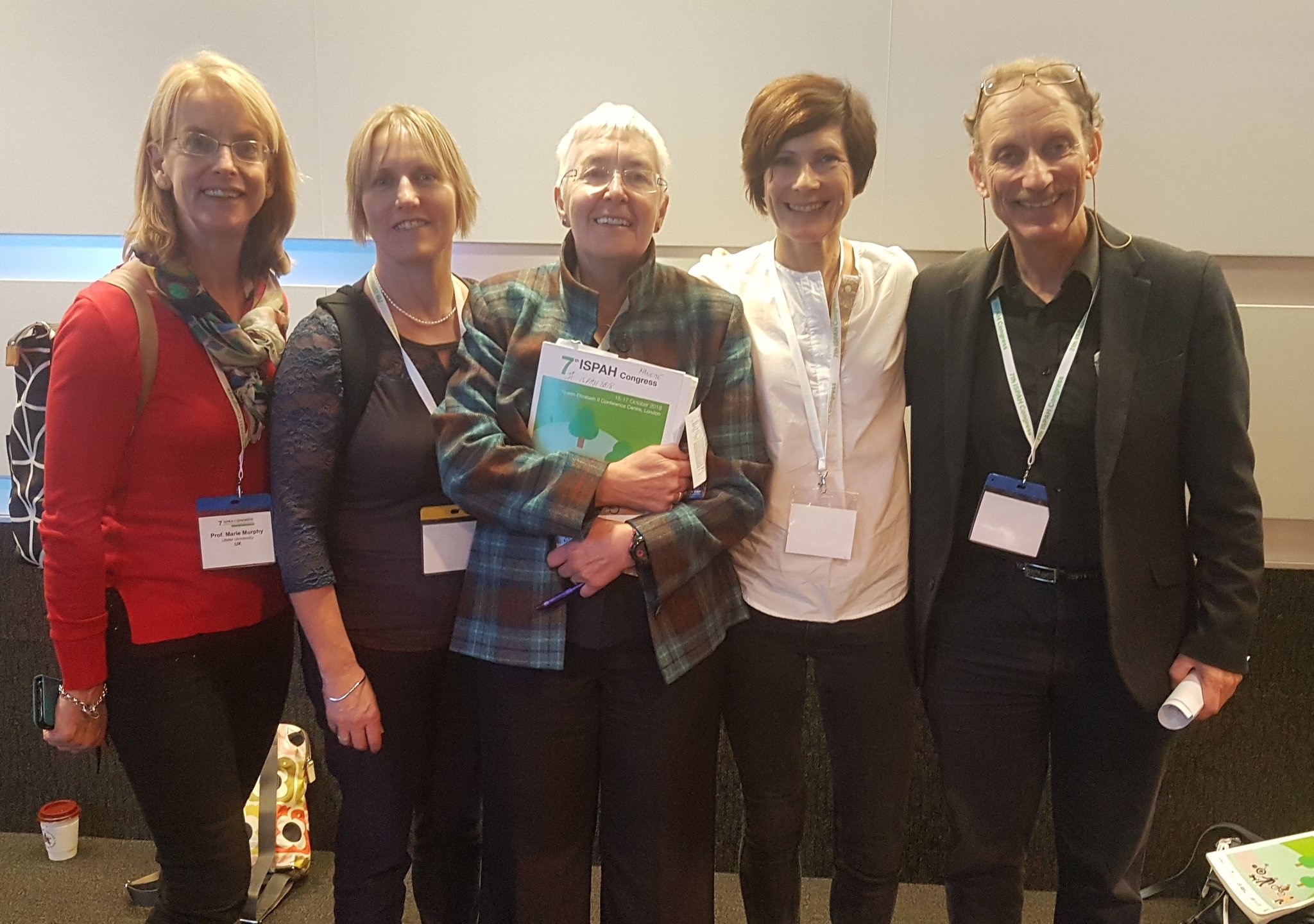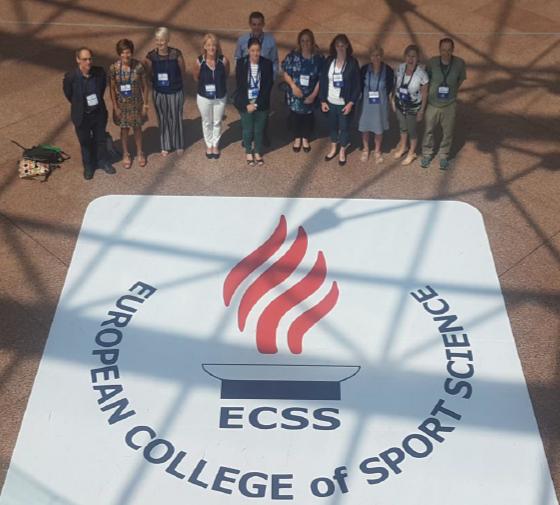Impact of Covid-19 Restrictions on Sport and Recreational Walking- Findings from Q1 Irish Sports Monitor (ISM)

Authors: Brian Doyle (Sport Ireland)
Introduction
Sport and recreational activities have been severely impacted by the COVID-19 pandemic and resultant restrictions. As recently as April 2021, travel was limited to within 5km of your own home whilst sporting organisations, and facilities remained closed. In the context of these challenges the Irish Sports Monitor (ISM) quarter 1 report of 2021 (January – March) demonstrates that overall levels of physical activity have increased on 2019 figures despite a decrease in organised sport participation.
Background
The Irish Sports Monitor (ISM) is written by Ipsos MRBI on behalf of Sport Ireland and provides information on active participation in sport and physical activity, club membership, volunteering, and attendance at sporting events. The ISM is a telephone-based survey where participants are asked qualitative and quantitative questions on their sport and physical activity behaviours. The ISM quarter 1 report provides an interim update on data collected from 2,129 adults aged 16 and older in the Republic of Ireland between January and March 2021 and examines the impact of Covid-19 restrictions on Sport and recreational walking within this period.

Fig 1. Quarterly recreational walking and sports participation levels during the previous 7 days
Physical Activity
The ISM quarter 1 report found that although there has been a decrease in levels of organised Sports Participation, overall Physical Activity figures have seen an increase on 2019 figures. It is promising to note that inactivity levels have dropped from 21% in Q1 of 2019 to 18% in Q1 of 2021. (The ISM defines ‘inactivity’ as taking part in no sport or no physical activity in the last 7 days including walking and cycling for transportation. It has the same meaning as ‘sedentary’ in the National Sports Policy.) This means that 3% of previously inactive people are now walking or taking part in Sport. Physical Inactivity levels consistently and significantly decreased up to the ‘Stay at home’ phase (April- May 2020) of the Covid-19 restrictions, dropping to as low as 13%. While this figure has gradually climbed up since then, it represents a significant opportunity for the sector to retain the gains made.
Sport
During the first quarter of 2021, participation in sport regressed to 35%, comparable to 2009 levels which may be attributable to the cessation of organised sport due to COVID-19 restrictions. This represented a 6% and 12% decrease when compared to the first quarter of 2019 and 2020. Furthermore, 44% (see fig.2) of all participants surveyed had given up one or more sports or physical activities at this time. However, it is not all bad news. 17% of those surveyed had taken up a new sport or physical activity within this period.
Last year, declines in indoor sports, team sports and organised sport due to Covid-19 related restrictions were offset by unprecedented increases in individual outdoor activities such as running, cycling and recreational walking as well as home based personal exercise and weight training. In contrast, the Q1 ISM report finds that in the period January to March 2021, the gains made in running, cycling and home based exercise last year have receded. It’s important to note that while these figures have receded, they are still above 2019 levels.

Fig.2 Type of sport or physical activity given up in quarter one 2021.
Recreational Walking
As represented in fig.1 the levels of participation in recreational walking were similar to the first quarter of 2020 at 76% and up 11% when compared with January to March of 2019. Additionally, the report states that women were more likely to take part in recreational walking than men, further supporting the findings of quarter one in both 2019 and 2020. The Research also found that walking for recreation is more resilient for those aged over 45, with recent reductions seen across younger age groups.
Conclusion
The ISM 2021 quarter one report demonstrates that COVID-19 has significantly impacted participation in sport to a higher degree than it has recreational walking. However, 89% of respondents that had reported giving up one or more sports or physical activities indicated the desire to return to sport and physical activity when it is safe to do so (fig. 2). The challenge emerging for the sector is the potential detrimental effect on fitness and confidence levels of individuals, possibly affecting their likelihood of returning to sport in the future. As such, two key areas for consideration and action have emerged-
- How might we sustain the positive trends seen particularly with recreational walking and build on that to move people back into Sport?
- How might we recover the losses incurred in facility and team based sport?
For more information on the ISM first quarter findings click here.










